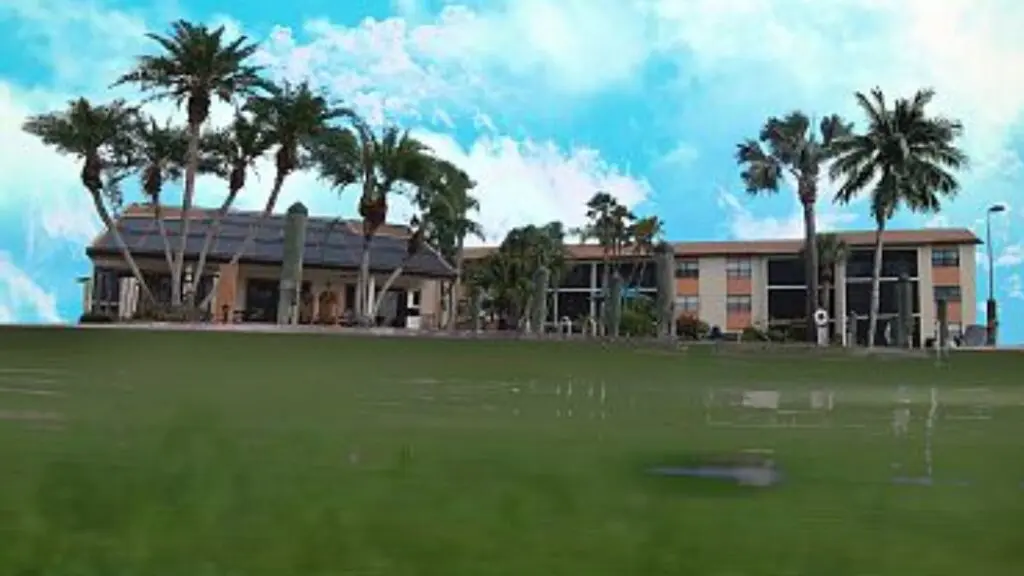Summary
Wasteland is an eye-opening and sometimes revolting look at the issue of sewage waste in America.
Paramount+ docuseries Wasteland (2022) was released on the streaming service on February 24, 2022.
The four-part docuseries Wasteland (2022), now streaming on Paramount +, is an unappealing look at the unintended consequences of rapid development and environmental racism across America. This issue is looked at through a socially conscious lens. From the country’s most populated area like New York City, to the fastest-growing like Southwest Florida’s Fort Meyers. From “third-world” poor areas like Alabama’s “black-belt” and desolate farmlands in Iowa. It’s not a sickness, one advocate says. It’s a “shitness” that is being ignored.
Wasteland examines four states’ issues with waste. Not the kind where you throw out a half-eaten apple, but the fecal matter that comes out of our bodies. The overall theme is ineffective government involvement and outdated systems that cant keep up with the rapid human growth. For example, New York City’s sewage system is ancient. It was only designed for a sister of the area’s population.
Alabama’s black belt, when it rains, everyone’s homes begin to overflow with sewage, which leads to specific parasitic diseases. The site is predominantly residents for African-American citizens. When it rains, they have to live in homes where any sink will begin to overflow waste into their homes. Yet, there is no local solution. This is one of the South’s poorest areas. Imagine being told they must spend over $20,000 for the advanced septic system to get through the rich black soil.
Florida has an issue where climate changes has proved outdated coastal septic tanks, where the waste is poured into a local lake rich with freshwater blue-green algae. When this water overflows from the rain and goes into the river and oceans, it causes the area to be toxic in the river basin. This then mixes with saltwater algae, called the red tide. The mix of waste runoff, algae, and hotter weather, increases bacteria that lead to disease.
The docuseries is an eye-opening issue that no one wants to talk about and would rather spend taxpayer dollars on billionaire sports stadiums than keeping first-world amenities that prevent disease and death. The issue with Wasteland is that the makers don’t always know what they are looking at is a systems-level issue that has to do with intersectionality. The most affected by these issues are people of color, older adults, and the poor. The problem is you have to dig through a bunch of piss and shit to get there. The direct neglect by officials, instructional power, and depreciating land values. This leads to exposure to hazardous waste based on race or age.
Wasteland is not for the faint of heart. Mainly, the episode is dedicated to the Big Apple’s sewage problem. Some of the images are just revolting. Yet, can you imagine living with it? It may not be an entertaining two hours, but it shines a light on an issue no one is talking about on a national level.
While Wasteland is a step or two below your standard network news magazine offering, it’s an eye-opening look. They view a toxic combination of rapid population growth, improper infrastructure, rising climate change, environmental racism, and intersectionality as having devastating health issues that we have yet to comprehend.
And are afraid to look where it may lead.
What did you think of the Paramount+ docuseries Wasteland (2022)? Comment below!
You can watch this series with a subscription to Paramount+.




